
It always amazes me the way nature takes care of things in her own time, and her own way. If people only stopped taking control and started listening to her, we’d see the beauty of these interactions take place. Utilizing plants that attract dragonflies for mosquito control, for instance, is one such example.
I grew up in a place that danced with hundreds of dragonflies, and was always taken aback at how effective they were at controlling the mosquito populations. Every evening in the warmer months, when bugs very evidently started to get worse, swarms of dragonflies would populate the skies and scoop up the bugs in a matter of minutes.
Utilizing dragonflies for mosquito control is natures way of telling us she’s got this. Only when we start intervening with harmful chemicals (like bug sprays and mosquito coils), will we do more harm than good.
Dragonflies for Mosquito Control
Dragonflies are some of the best predators to keep mosquito populations low. Not only do they scavenge the skies in adulthood, but they eat large numbers of mosquito larvae in their larval form (which happens in the water).
One study found that dragonfly larvae could play a significant role in the regulation of mosquito populations (1). While they are most effective in their larval stage, adult dragonflies can still eat up to 100, if not many more, mosquitoes per day.
Not only do dragonflies control mosquito populations – they help control other bugs, too, like midges.
10 Plants That Attract Dragonflies for Mosquito Control
Attracting dragonflies to your garden and backyard requires planting a diverse array of plants. Planting trees and shrubs around the perimeter of the yard will provide adequate hiding spots for young dragonflies. Blooming plants also attract pollinators (like butterflies, beetles, wasps, moths and other small flying insects) that dragonflies love to prey on. Water plants that grow near and within ponds are also highly sought out by dragonflies, but only if you’re willing to sacrifice a part of your yard with a pond (which wouldn’t be too bad, would it?).
Land Plants
While building a backyard pond is the best way to attract dragonflies as they mate and lay their eggs in water, you can still attract dragonflies through other means. Planting flowers that attract prey for dragonflies will bring them to your garden indirectly. Here are five plants you can grow to attract more dragonflies into your backyard.
1. Black-Eyed Susan (Rudbeckia hirta)
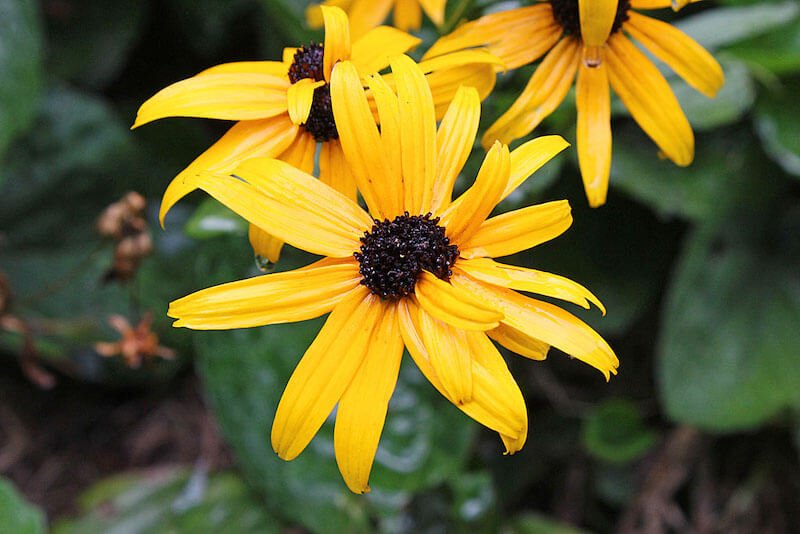
Black-eyed susans attract butterflies and other pollinators – a popular choice of the dragonfly (unfortunately so, but everyone has to eat!). These bright yellow wildflowers typically live for around two years in climates that remain warm for most of the year, and will die off once winter hits in cooler climates. They adapt well to nearly every type of soil and require full sunlight and regular watering to bloom.
2. Swamp Milkweed (Asclepias incarnata)

A cousin of the better-known common milkweed, swamp milkweed produces attractive white and pink flowers that come back every year (it’s a perennial!). They flowers are very showy and good for attracting dragonfly prey like butterflies, wasps and bees. As the name suggests, this plant grows best in moist, wetland areas. It likes wet, clay soil, but also prefers full sun.
3. Joe-Pye Weed (Eupatorium purpureum)
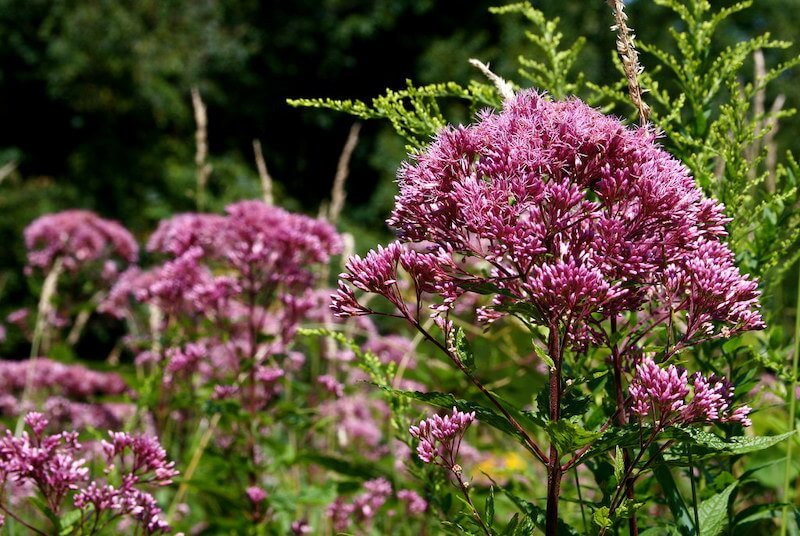
This attractive plant produces pale pink-purple flowers that last from mid-summer through fall. It attracts multitudes of butterflies and other pollinators like bees, which dragonflies love. These plants reach a height of anywhere between 3 and 12 feet, so they’re perfect for dragonflies that like tall perches. The flowers also come with a light vanilla fragrance that becomes more intense when crushed (who doesn’t want a yard that smells like vanilla?!). These plants grow in full or partial sunlight and occur naturally in moist woods or meadows. The dried roots and flowers of the Joe Pye weed can also be used to make a diuretic tea.
4. Meadow Sage (Salvia marcus)
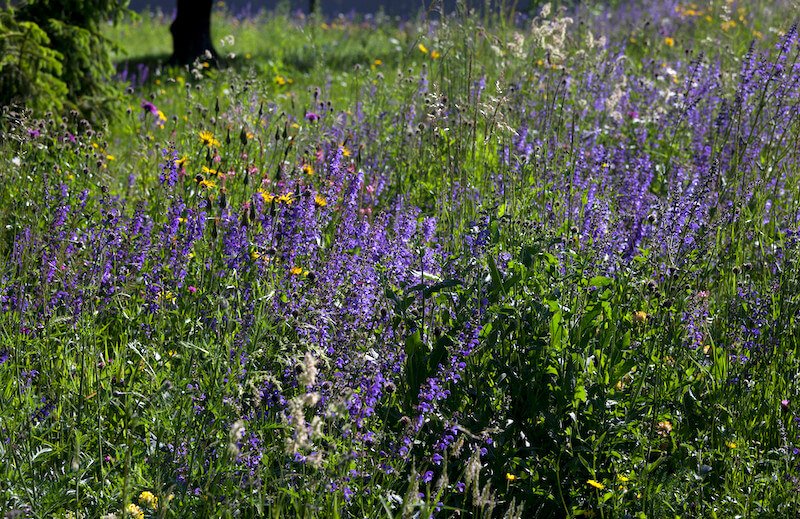
Meadow sage is a beautiful perennial with eye-catching purple flowers that attract butterflies and other small insects. This flower loves full sun, but it can also do well in partial shade. The best growing location receives morning sun and afternoon shade. Once established, this plant does not need a lot of water. In fact, it can handle pretty well in drought conditions, but if scarcity of water does become a thing, make sure you give it a sip at least once a day.
5. White Yarrow (Achillea millefolium)

This graceful perennial wildflower produces an abundance of huge, flat clusters about 5 inches across, packed with 20-25 creamy-white flowers. Their fern-like foliage is disease-resistant, and they attract bugs like butterflies and tiny parasitic wasps that dragonflies love. This plant thrives in full sun, in average, dry to medium moisture, well-drained soils. The flower is loved by many, as it helps brighten the garden throughout summer. Plus, it’s easy to grow, so you don’t need a green thumb!
Pond/Shoreline Plants
Incorporating a pond into your backyard is also a good idea if you want dragonflies to return to your side of the neighborhood. Dragonflies spend two months to several years underwater, and water is a place they will return to time and time again. If you provide water, dragonflies will come to hunt, reproduce, perch, and play.
Aside from the water-dwelling plants listed below, you should also provide rocks around the pond, and around your garden in general. Rocks provide hiding place for dragonfly larvae as they grow and develop under water. While you’re waiting for plants to grow tall enough for dragonflies to perch on, you can place sticks around your pond. This will give them somewhere to land and take a rest. You can use sticks from nearby trees, or bamboo stakes for plants and vegetables.
Here are five plants that can be grown in and around ponds or other bodies of water to attract dragonflies to live a more permanent lifestyle in your yard.
6. Arrowhead (Sagittaria latifolia)

Arrowhead, or duck-potato, is a colony-forming, aquatic perennial, that rises above water level to a height of three feet. The leaves are arrowhead shaped, hence the name, and comes with tiny white flowers with yellow centers that grow from the top of the stem. This marsh plant is often used by adult dragonflies to hang out; they also work as egg-laying sites. The easiest way to plant an arrowhead is by using the tuber of the plant and pushing it into the underwater soil in spring (with the growing tip facing up). Since plants tend to float when you put them in the underwater soil, you have to figure out a way to weight them down (like with rocks). It’s okay if the leaves are completely submerged, as they will quickly grow to reach the surface.
7. Wild Celery (Vallisneria americana)

Wild celery is a useful tape grass that provides excellent aquatic habitat for dragonflies. It is a fully submerged plant that will grow to the water surface, making it a great place for adult dragonflies to deposit their eggs onto. Being a submergent, wild celery needs to be planted where there will be at least 18 inches of water at all times. The sunlight will have to filter down to the tubers in the spring to germinate them. If you can get your hand on some wild celery tubers, place them in a cheesecloth with some mud or stones, and put them at the base of your pond. The mud and stones will help keep everything stuck to the bottom while the wild celery takes root. Be careful not to break off the sprouts on the tubers, and they will not re-sprout if broken off.
8. Water Horsetail (Equisetum fluviatile)
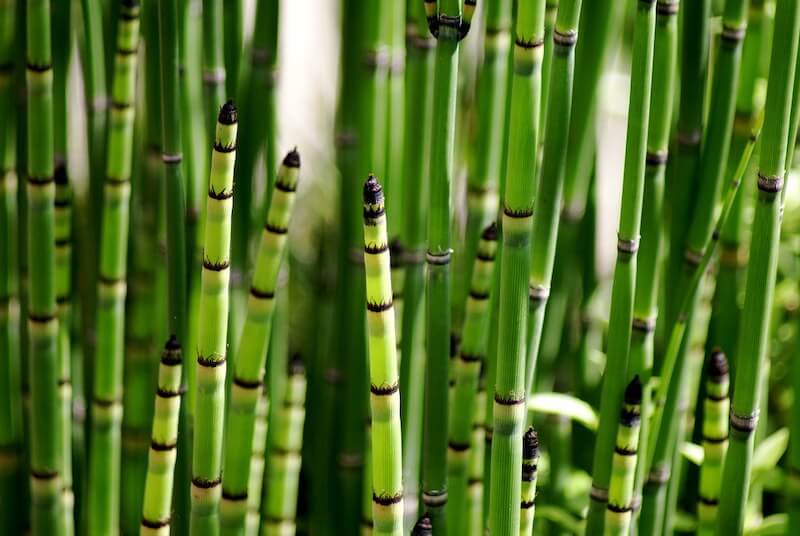
Water horsetail is an emergent plant that is a combination of a submerged and floating plant. They are rooted on the pond floor, but they also feature stems that rise out of the water. Dragonfly larvae use water horsetail to make their way to the pond surface once they have reached their adult phase. Horsetails are grown from nursery plants, not seed. Plant horsetail rhizomes about two inches below the soil on the edge of your pond or water area. Once they are established, they can withstand short periods of dry weather. It is happy to grow in part shade or full sun.
9. Cattail (Typha latifolia)
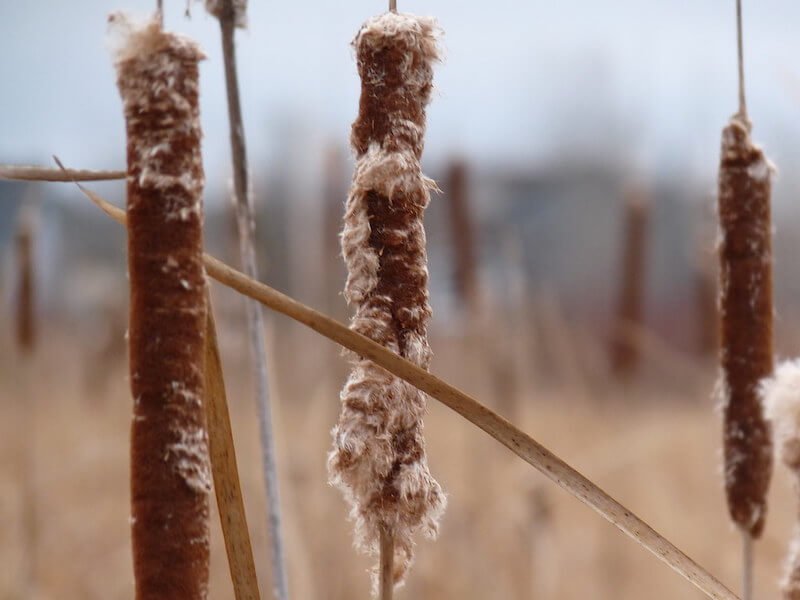
Cattails, or bull rushes, thrive in moist soil and do best in swampy marshy areas. They are used as areas for adult dragonflies to hang out, but they also work as egg-laying sites. Cattails thrive in bright locations, so avoid planting them in shady areas. As with most water plants, growing cattails from their rhizome is most effective. Plant some cattail rhizomes in your pond margin, and voila – you’ve got cattails! These plants are very hardy, so they’re fairly easy to transplant if you happen to find a few in a ditch somewhere and want to translocate them to the pond in your garden.
10. Water Lily

Floating plants like water lilies make the perfect egg-laying spot for adult dragonflies. Water lilies can be grown from tubers planted in pots beneath the water’s surface. The plant will then send up stems with rounded leaves and star-shaped blossoms that float on the surface. Adding in rocks will help keep the plant submerged.
Let me know if you’ve had success with attracting dragonflies to yor garden with these plants (or others) in the comment section below!
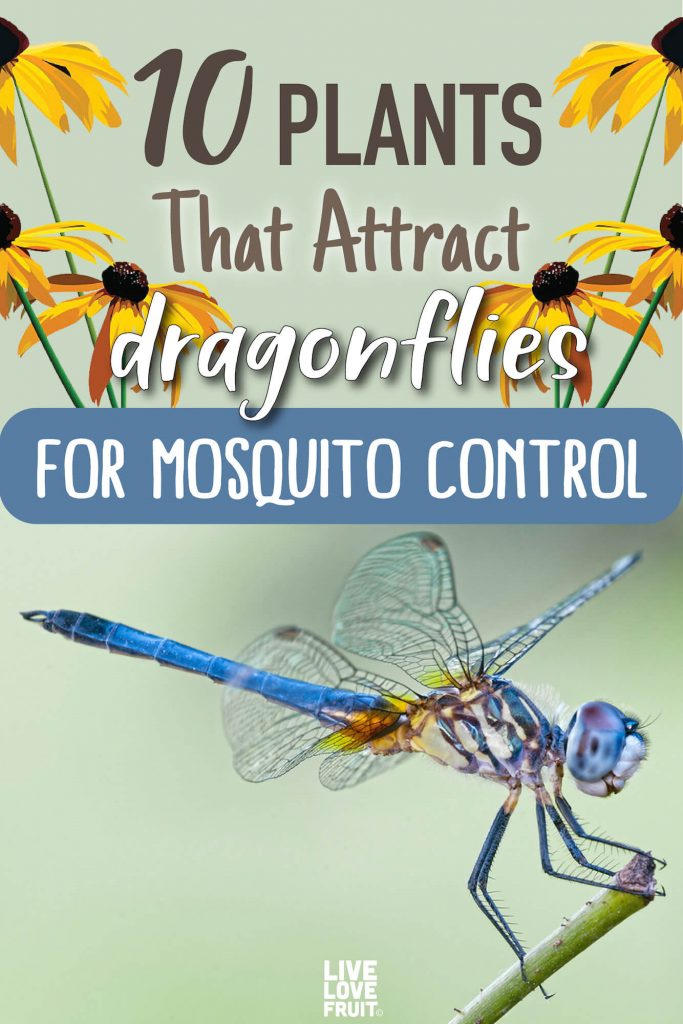

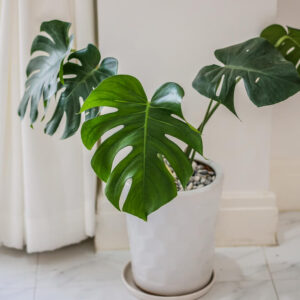
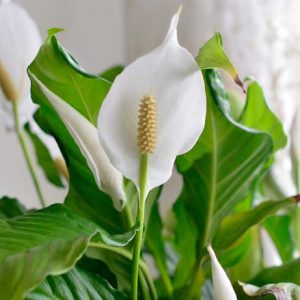


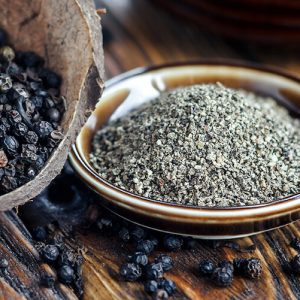


Very informative article. Thanks for sharing. I live in an apartment with a small deck which overlooks a huge pond. The mosquitos are typically unruly beginning in the Spring thru Summer. I’m looking for way to send them away so I can enjoy my small deck this spring & summer. I had no idea that dragonflies ate mosquitoes! Thanks for the plant tips to attract more to my deck!!! Happy Spring!!!
I love having dragons hang around the garden – hardly any Japanese beetles around when they are on duty!
Don’t dragonflies also eat honeybees and some other beneficial insects as well as the pests?
Hi Jaque – they do, but not in a manner that would destroy the delicate balance of nature. Otherwise, honeybees and other insects would already be at risk of dwindling populations if that were true. Encouraging dragons to your yard won’t upset the already present balance.
I LOVE dragonflies! Thank you for the knowledge. I have seen less and less around. 🙁 We live in a community where they spray the lake for mosquitoes. So now I am wondering and assuming that whatever mosquito control spray being used is also killing off the dragonflies. Do you think this is possible??
Yes, very likely. 🙁
Are this plants thrives in the Philippines?
I’m not sure if they’re survivable there – sorry!